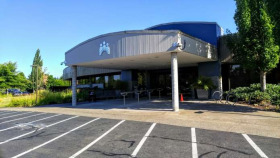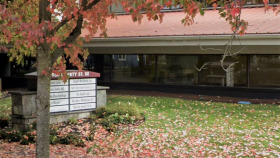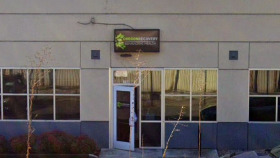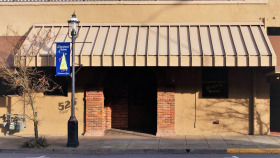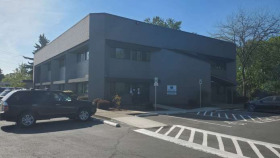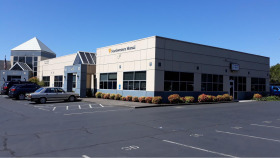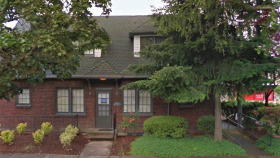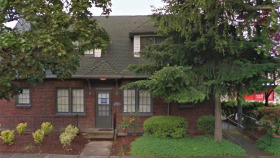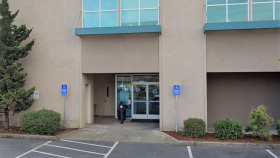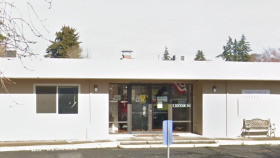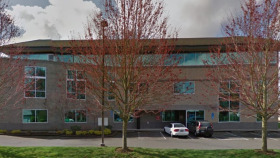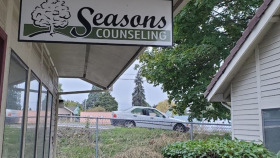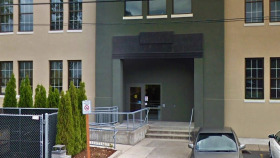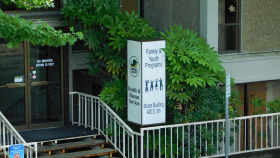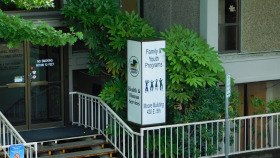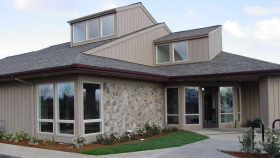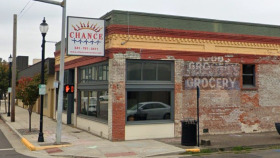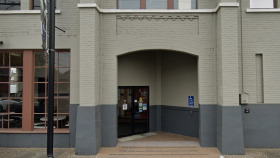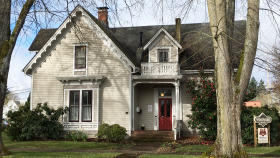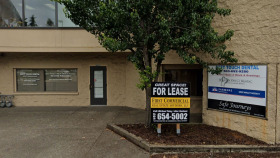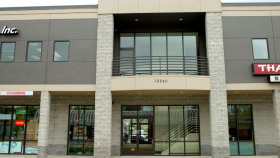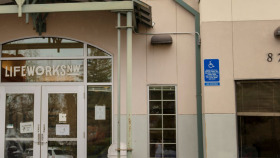Expert Insights
Salem may be the capital of Oregon, but I would argue it has less resources than Portland. In fact, over the years, I’ve witnessed the houseless population growing under the bridges and in the downtown area. While residents judged and shamed these people experiencing extreme social problems, as a social worker, I saw something else. I saw people desperate for resources traveling down from overcrowded and under resourced Portland in search of help. Houseless people have experienced a range of problems leading them to homelessness and drug use. I see it as struggling to survive, but my neighbors saw it as deadbeats using drugs. I believe that judging people isn’t going to help people struggling with addiction into treatment, but humanity, funding, and resources will. What Salem needs, I believe, is more treatment centers and social support for people suffering.
~ Olivia Pennelle
How Expensive is Drug Rehab in Salem?
The cost of rehab is hard to describe, given the multiple variables involved. If you’re amid a severe addiction and need daily supervision and intensive therapy, your experience may cost more than someone who only needs weekly therapy sessions, for example.
Other factors include:
The location of your desired rehab and the cost of living and medical expenses there
What types of services you need, and their intensity and duration
If you plan to live in a residential drug rehab in Salem or if you need an outpatient program
How Does Salem Compare in Alcohol and Drug Use?
The capital city of Oregon, Salem is a beautiful city that’s home to over 180,000 residents.1 However, like in so many other places around the country, the area has been seeing rising rates of drug and alcohol misuse. If you or someone you love is struggling with addiction, getting professional treatment could be the difference between life and death. There are more than 20 accredited alcohol and drug rehab centers in Salem and the surrounding area that can help get you on the path to recovery.2
As with many places across the nation, the number of people suffering from the fallout of alcoholism and drug addiction has risen in recent decades. Studies show that in Marion County, the seat of Salem:1

From January to June 2020, at least 339 people died of a drug overdose in Oregon.

Compared to the first quarter of 2020, overdose deaths in Oregon involving fentanyl increased by 92%.

Accidental drug overdoses increased 121% in Oregon between 2018 and 2020.
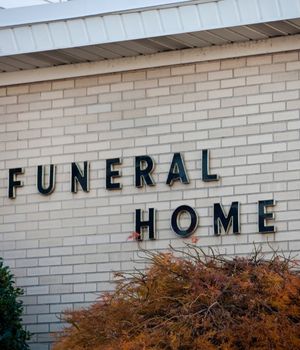
Alcohol-related overdose deaths rose 40% in Oregon during the same time frame.
Alcohol and Drug Laws in Oregon
Oregon has a range of drug and alcohol-related policies and laws designed to stem the damage done locally by substance abuse.
Naloxone Access Law: In Oregon, laypeople can pick up a Naloxone rescue kit from a pharmacist.4 The only requirement for this is to believe that you could be in contact with someone who overdoses, so it’s very helpful for friends and family members of people with an addiction.
Good Samaritan Overdose Law: Created to encourage people to reach out for emergency services when in the presence of an overdose victim, even if they have an illegal substance, with or without the intent to sell.5
DUII Diversion Act: The Oregon DUII Diversion Program allows people to enroll in rehab services instead of going to jail if found driving while under the influence of drugs or alcohol.6 This is thought to maximize the outcomes for people who have a substance use disorder and lead them to recovery instead of legal issues that would follow them for life.
Paid Leave Law: Starting in 2023, employees will be able to use 12 weeks of paid leave to seek medical treatment, including substance abuse treatment.7 The program will be available as of September 2023, according to the state of Oregon. It also ensures your job is protected as long as you’ve worked there for at least nine months.
Resources
- Salem, Oregon Population 2022 (Demographics, Maps, Graphs). (n.d.). Worldpopulationreview.com.
- FindTreatment.gov. (n.d.). FindTreatment.gov.
- Center for Disease Control. (2022). CDCWonder Tool.
- Substance Abuse and Mental Health Services Administration. (2022). Treatment Locator.
- Center for Substance Abuse Treatment. Substance Abuse: Clinical Issues in Intensive Outpatient Treatment. Rockville (MD): Substance Abuse and Mental Health Services Administration (US); (2006). Chapter 3. Intensive Outpatient Treatment and the Continuum of Care.
- Oregon Health Authority. (2022). Naloxone Rescue for Opioid Overdose.
- Oregon Legislature. (2015, accessed 2022). Chapter 274.
- Oregon Judicial Branch. (2022). DUII Diversion Program.
- State of Oregon. (2022). Paid Leave Law.


